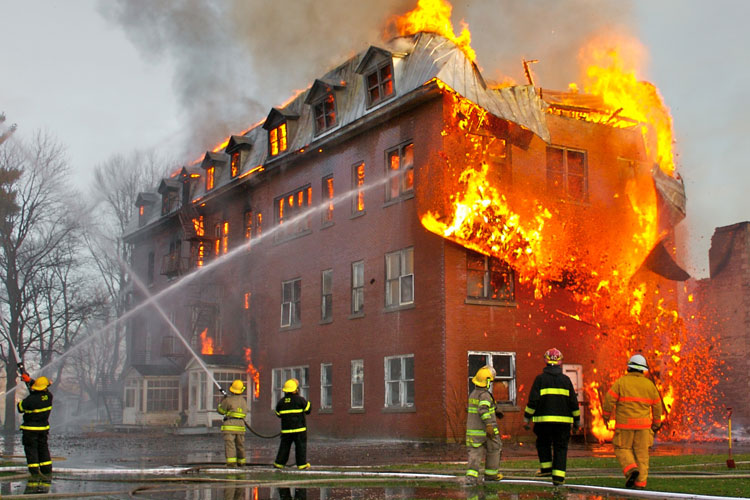Every year, people are killed, injured and property destroyed as a result of combustible dust. Tiny particles are end products of the manufacturing process, and when they form a cloud, a simple spark can cause an explosion.
Disasters have happened in different parts of the world. Take the 2014 metal products factory disaster in China’s eastern Jiangsu Province that killed 75 people and injured 185 others. The dust, according to the workers, was so thick in the air, that it caked the workers’ clothes and skin.
There’s also the Hoeganaes metal powder plant in Gallatin, Tennessee where three serious combustible metal dust events took place in 2011 alone, leading to the death of 5 workers. According to investigations, it was fortunate that a second explosion did not occur and sweep through the entire facility, which had close to 200 employees.
Industries in food, wood, pharmaceuticals, rubber, and plastics are not spared either. In February of 2008, a series of sugar dust explosions swept through the Imperial Sugar Refinery in Georgia, killing 14 employees, injuring dozens of others and causing huge damages running into millions of dollars.
Between 2008 and 2012, there were 50 combustible dust incidents in the US that led to 29 deaths and 161 injuries.
However, with the right engineering controls, training, ventilation and other safety measures, dust explosion is highly preventable.
In 1987, OSHA released a set of safety regulations for combustible dust for the grain industry. These regulations worked and there was a clear drop in grain dust explosions and an increase in lives saved.
Over the years, OSHA and the NFPA together with the industry stakeholders and governments have continued working together to stop combustible dust explosions. However, a lot has to be done to prevent further loss of lives from preventable hazards.













